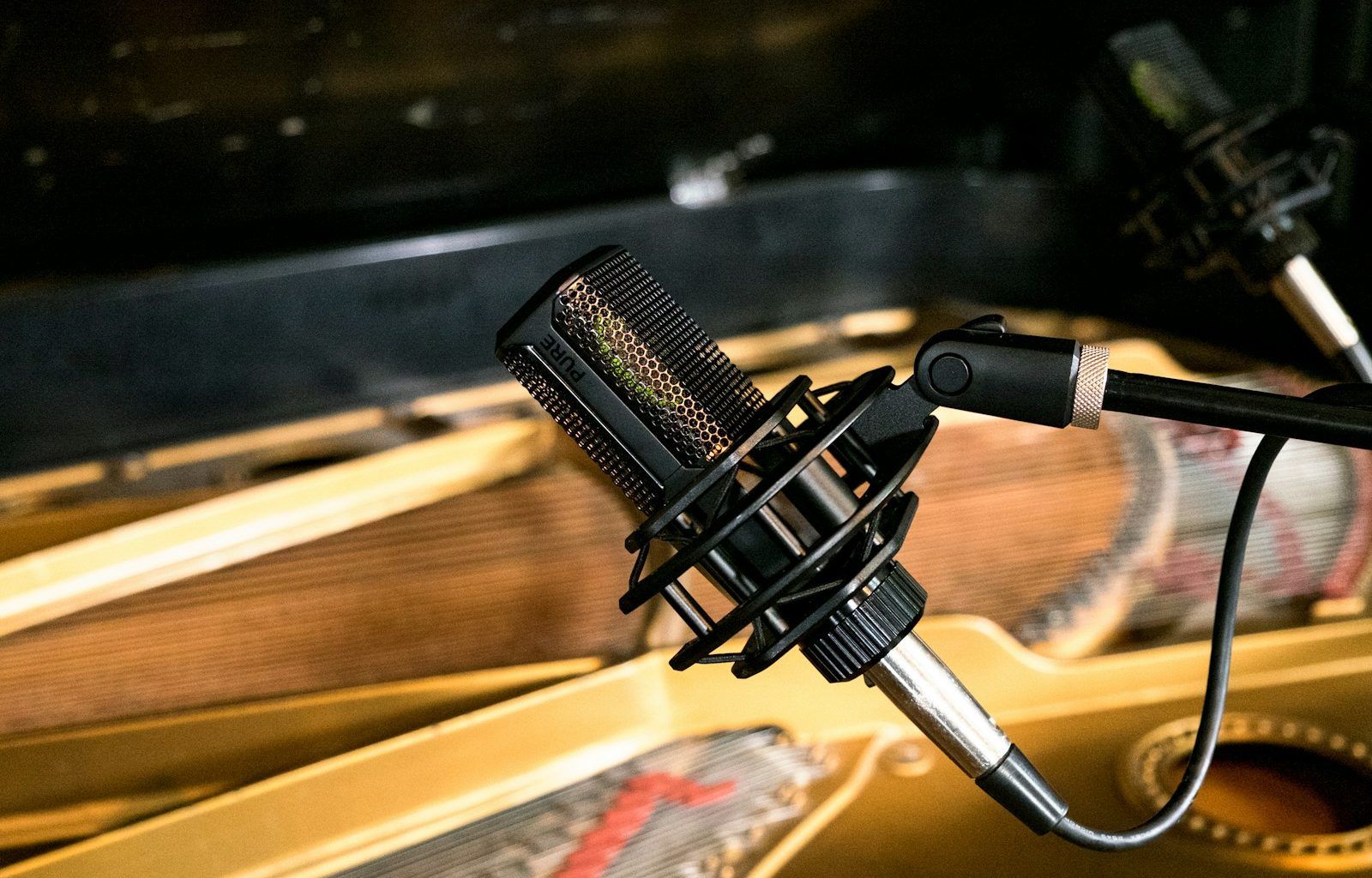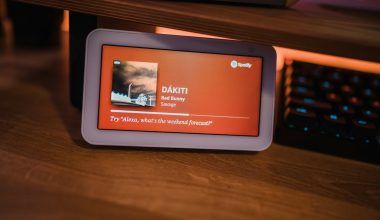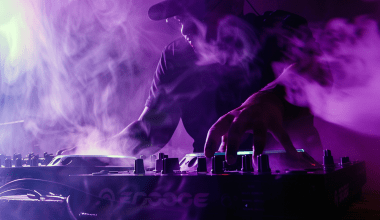Creating a music studio at home doesn’t have to cost a fortune. Many people think that setting up a music studio requires expensive equipment, tons of space, and advanced technical know-how. But that’s not true at all! With the right approach, you can build a fully functional and cheap music studio home setup that suits your needs and budget.
Why a Home Studio is a Great Idea
If you’re a musician, producer, or even a podcaster, having your own home studio offers unmatched convenience and flexibility. Imagine having the freedom to record anytime inspiration strikes. Plus, you save a lot of money in the long run by not renting studio time. But most importantly, setting up a home studio allows you to grow creatively at your own pace.
Start Small and Upgrade Later
It’s tempting to go all out and buy the fanciest equipment, but you don’t need to. Begin with the basics and focus on what’s truly essential for your needs. A cheap music studio home setup doesn’t mean compromising on quality; it just means being smart about your choices.
Essential Equipment for a Budget-Friendly Home Studio
1. Computer
Your computer is the heart of your studio. Almost any modern computer will work for basic recording and mixing. If you already own one, you’re off to a great start! For those on a tight budget, a refurbished laptop or desktop can do the trick. Just make sure it has enough RAM (8GB or more) and storage space for your projects.
2. Digital Audio Workstation (DAW)
A DAW is the software you use to record, edit, and mix your music. Thankfully, there are free and affordable options available. Software like Audacity, Cakewalk, or GarageBand (for Mac users) offers excellent features without costing a dime. For slightly more advanced options, consider Reaper, which is budget-friendly and packed with professional tools.
3. Audio Interface
An audio interface connects your instruments and microphones to your computer. It’s a must-have for high-quality recordings. Look for affordable options like the Focusrite Scarlett Solo or PreSonus AudioBox. These entry-level interfaces are reliable and won’t break the bank.
4. Microphones
When it comes to microphones, you don’t need to buy the most expensive model. A good-quality condenser microphone, like the Audio-Technica AT2020 or Samson C01, will serve you well. If you’re recording vocals, instruments, or podcasts, these microphones offer clear sound at an affordable price.
5. Headphones and Monitors
Invest in a decent pair of studio headphones like the Audio-Technica ATH-M40x or Sony MDR-7506. They’re budget-friendly and provide accurate sound for mixing. If you can afford studio monitors, consider models like the JBL 305P MkII. However, headphones are a good starting point if you’re sticking to a tight budget.
6. Cables and Stands
Don’t overlook the small stuff. You’ll need XLR cables for your microphone and a sturdy mic stand. These are inexpensive but essential for a functional setup.
Setting Up Your Cheap Music Studio Home Setup
Choosing the Right Space
You don’t need a massive room to create a studio. A quiet corner of your bedroom, a spare room, or even a walk-in closet can work wonders. The key is to minimize outside noise and echoes. Consider adding some basic soundproofing using foam panels, thick curtains, or even rugs and blankets.
Arranging Your Equipment
Keep your workspace tidy and ergonomic. Place your computer on a desk with your audio interface and microphone within easy reach. Ensure your headphones and any instruments are accessible. A well-organized setup helps you stay productive and focused.
Tips to Save Money Without Sacrificing Quality
Look for Used Gear
Buying used equipment is one of the best ways to save money. Check online marketplaces or local music stores for second-hand items. Many musicians sell their gear in excellent condition when they upgrade.
DIY Soundproofing
Professional soundproofing can be expensive, but you can achieve similar results with DIY methods. Use household items like pillows, carpets, or bookshelves to dampen sound reflections. Egg cartons, while not perfect, can also help reduce echo.
Free Plugins and Samples
You don’t need to spend a fortune on plugins and sound libraries. There are plenty of free resources online, like Spitfire Audio’s LABS or Native Instruments’ Komplete Start. These free tools can add depth and variety to your music without costing a penny.
Enhancing Your Cheap Music Studio Over Time
Once you’ve got the basics, you can slowly upgrade your setup as your needs and budget grow. Perhaps you’ll add a MIDI keyboard for composing or a second microphone for more complex recordings. The beauty of a home studio is that it’s always a work in progress.
Troubleshooting Common Challenges
Noise Issues
If background noise is a problem, try recording during quieter times of the day. Use a noise gate plugin during editing to eliminate unwanted sounds. Additionally, ensure your microphone placement reduces room noise.
Computer Performance
If your computer struggles with large projects, try closing unused applications or increasing your RAM. Upgrading your hard drive to an SSD can also improve performance.
Mixing and Mastering
Mixing can be tricky for beginners, but practice makes perfect. Use reference tracks to compare your mix to professional recordings. There are also free online courses and tutorials that can help you improve your skills.
Conclusion
Building a cheap music studio home setup is more achievable than ever. With the right mindset and a bit of creativity, you can create a space that inspires you to make great music. Remember, the goal isn’t to have the most expensive gear; it’s to have the right tools that help you express yourself. So start small, keep learning, and enjoy the process of making music at home.
For further reading, explore these related articles:
For additional resources on music marketing and distribution, visit DMT Records Private Limited.






